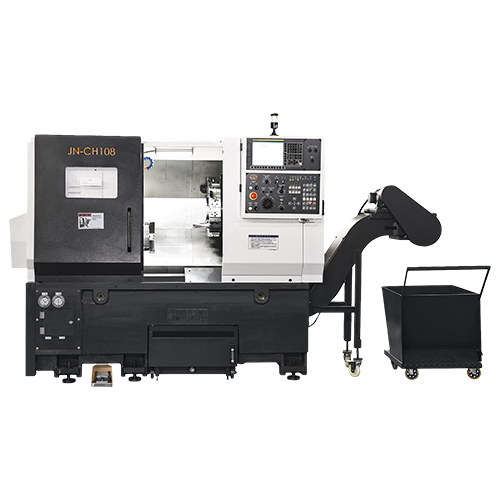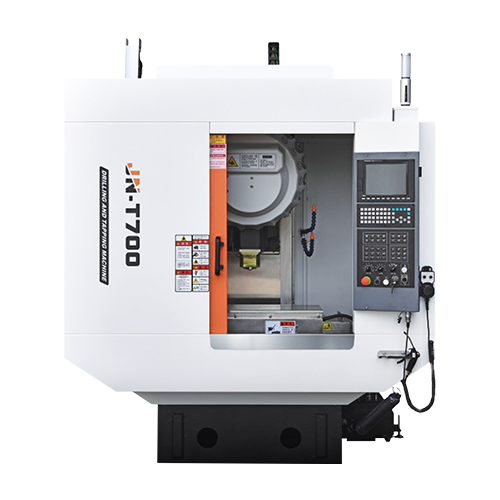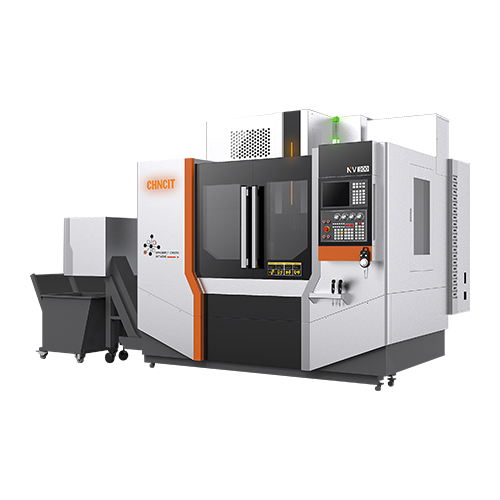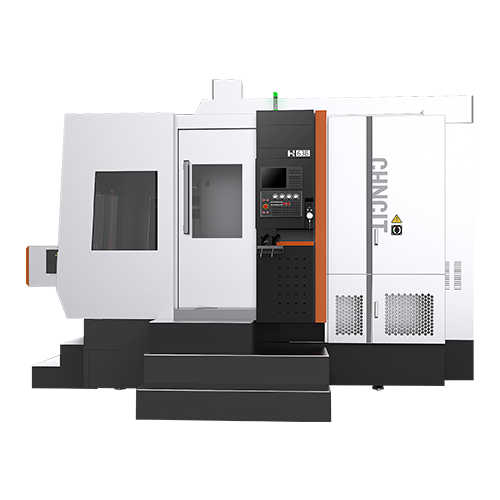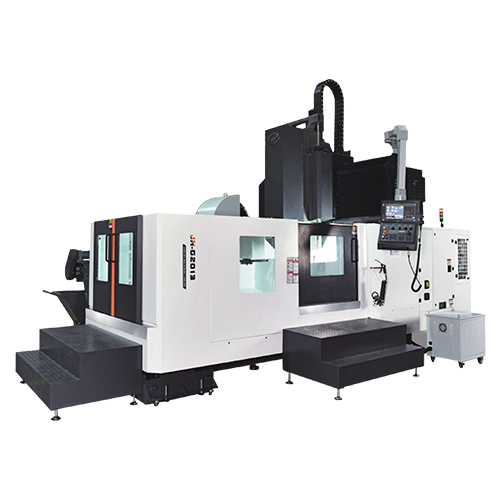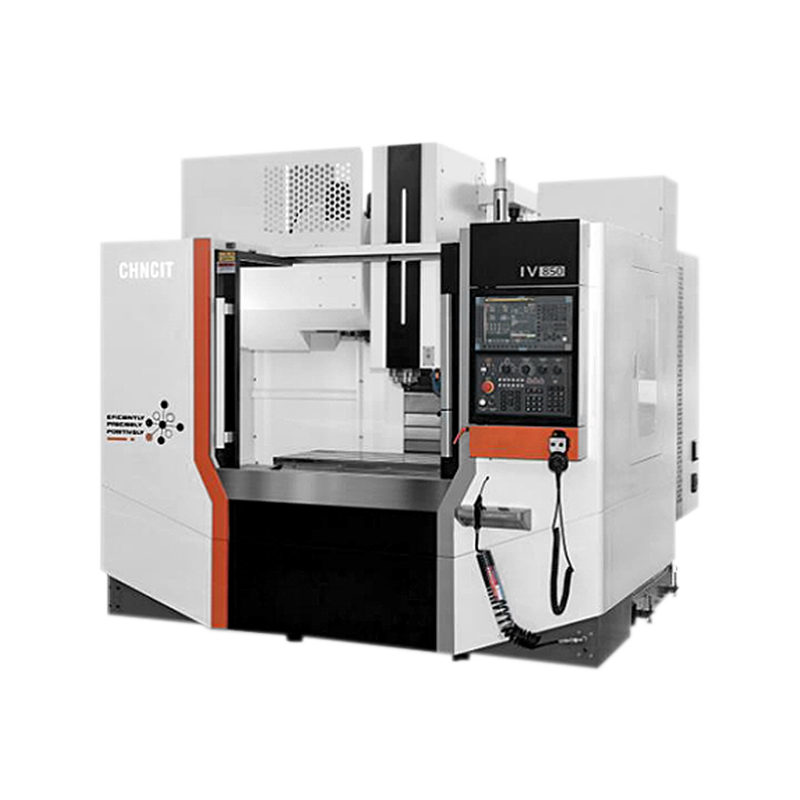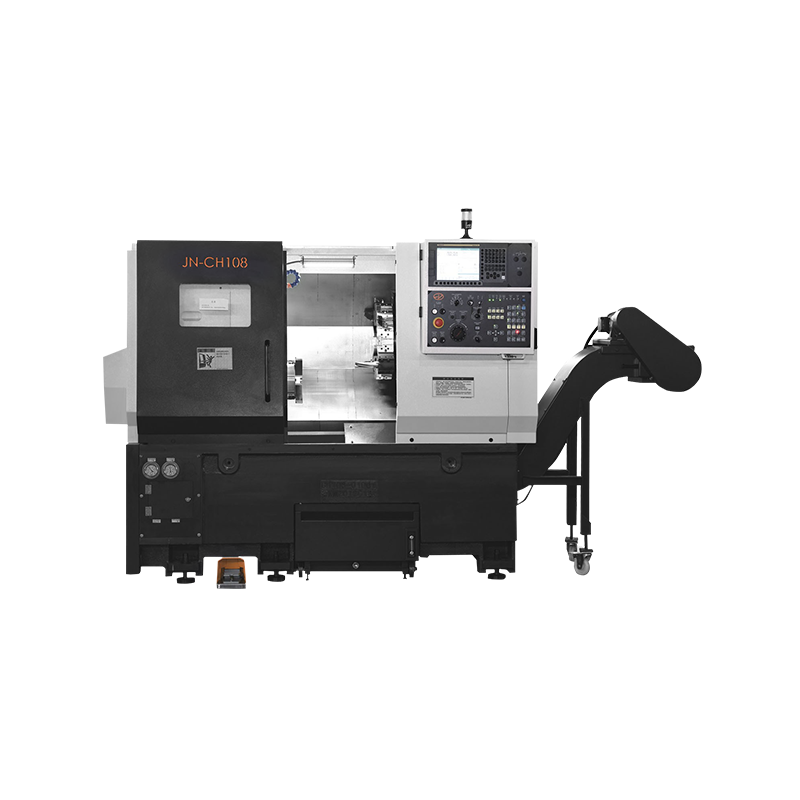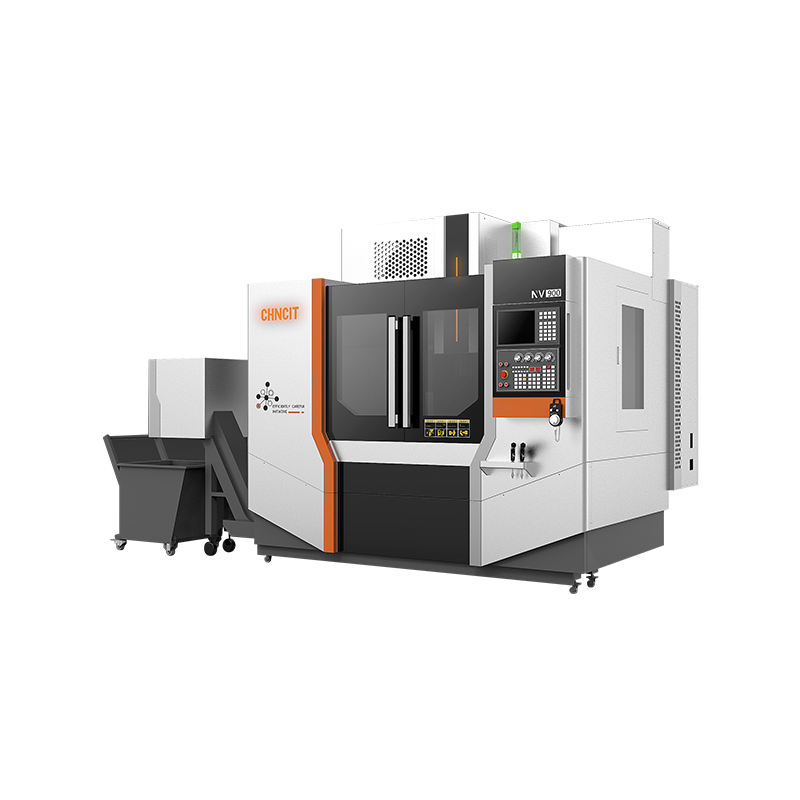-
 WHATSAPP
WHATSAPP -
 INS
INS -
 WECHAT
WECHAT
Maximizing Precision with CNC Milling and Drilling
Precision frequently determines whether a part is accepted or rejected in the cutthroat manufacturing environment of today. A CNC Milling Factory is often responsible for shaping profiles, slots, contours, and pockets, while a CNC Drilling Factory provides precise hole-making, tapping, and alignment features. Many parts require both operations: the milling machine outlines the geometry, and then the drilling machine produces holes at exact locations with tight positional tolerances.
Strategies to Maximize Precision in a CNC Milling / Drilling Factory
To mitigate those challenges, a manufacturer like us can adopt a number of ideal practices and technological measures. Here are the key strategies.
1. Tool Monitoring, Compensation & Lifecycle Management
Tool wear compensation: Monitor tool wear and adjust offsets automatically or semi-automatically before errors accumulate.
Use high-performance tool coatings: Coatings like TiN, AlTiN, or others help reduce wear and maintain edge integrity.
Tool breakage detection: Integrate sensors (e.g. current spike detection or vibration sensing) that can detect when a drill or end mill fails and stop before damaging the part.
Routine tool inspection / replacement schedules: Maintain logs of cutting hours and retire tools before error grows too large.
2. Machine Rigidity, Structure, and Thermal Control
Choose sufficiently rigid machine frames: Castings, welded steel or polymer concrete bases all must maintain stiffness under load.
Thermal compensation & cooling: Use temperature-compensated axes, coolant systems, and controlled ambient temperature to reduce thermal drift.
Workholding stability: Well-designed fixtures, clamps, vacuum tables or jigs ensure minimal movement or deformation of the workpiece under cutting loads.
Avoid overhanging tools: Keep tool lengths as short as possible to reduce deflection.
3. Process Planning & Design Rules
Drilling design guidelines: For holes, avoid overly deep holes and maintain proper chip evacuation. Use pecking cycles, dwell times, and careful feed/spindle selection to reduce deflection and improve tolerance.
Milling-then-drilling sequence planning: When possible, do rough milling first, then finish milling, then drilling under minimized residual stresses.
Maintain minimal wall thickness: Prevent thin walls that vibrate or flex; design with enough thickness to maintain structural integrity during machining.
Use canned cycles and optimized G-codes: For repeating drilling or pocketing operations, canned cycles reduce programming errors and variation.
4. Calibration, Metrology & Feedback
Regular machine calibration: Use ball bars, laser interferometers, and calibration gauges to check for geometric drift or axis error.
In-process probing / measurement: Integrate touch probes or laser scanners to measure features mid-process and adjust tool offsets dynamically.
Closed-loop feedback: Data from part measurement can feed back into future runs to reduce systematic errors over time.
5. Alignment Between Milling and Drilling Operations
Unified coordinate systems: Use common datum references so that milling and drilling refer to the same zero point in space.
Minimize repositioning errors: When parts are moved from milling machine to drilling machine, use precision locating pins or datum surfaces to realign accurately.
Combined or hybrid machines: In advanced factories, machines may perform both milling and drilling in one setup to avoid re-fixturing error.
If you have parts requiring very tight tolerances, or are exploring how to better integrate milling + drilling in your production, we at Jiangnan CNC Machine Tool Co., Ltd. would be happy to consult. Feel free to reach out — we can review your drawings, suggest optimizations, and propose machines or processes tuned for high precision.

